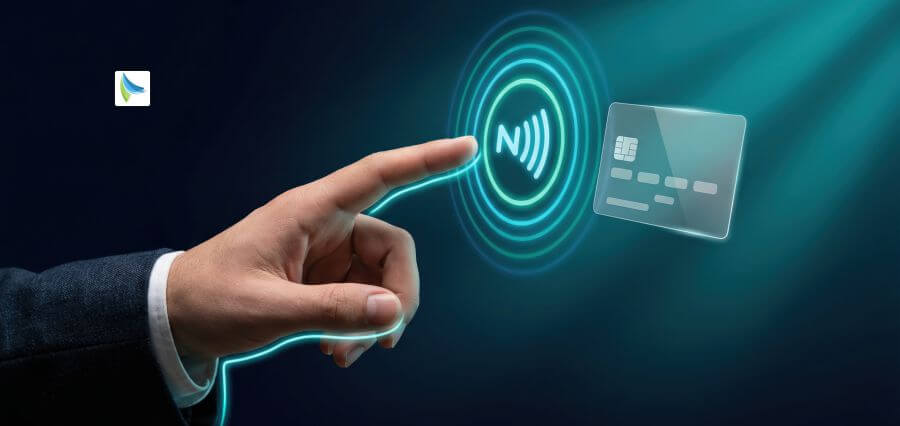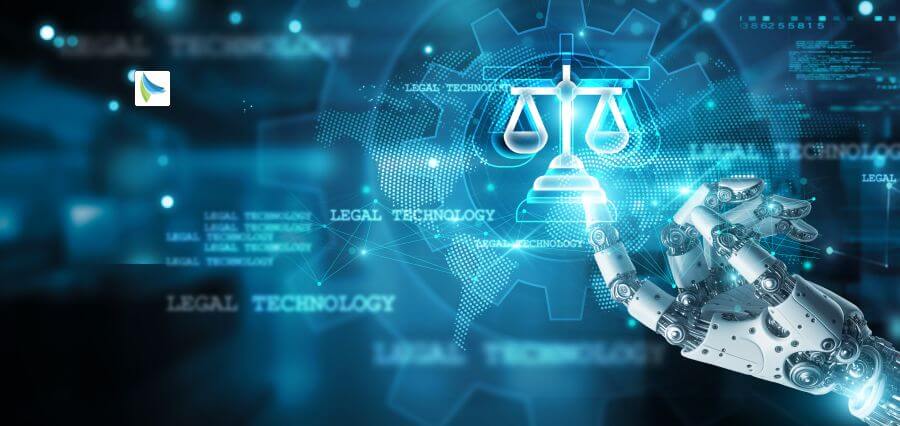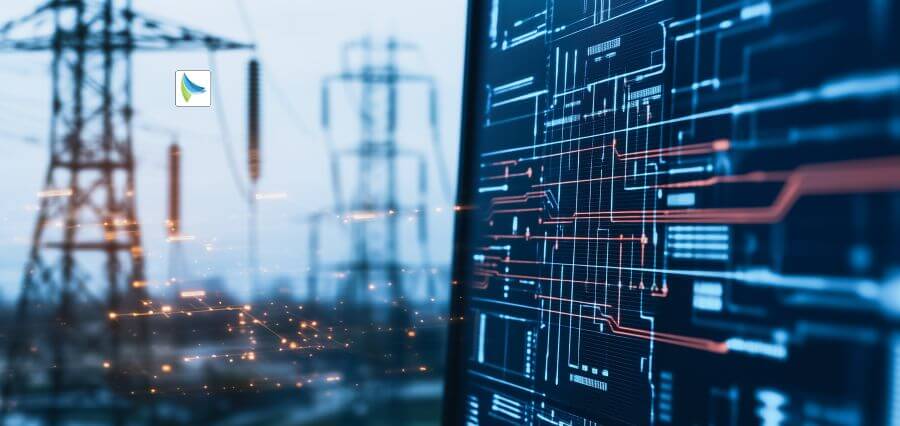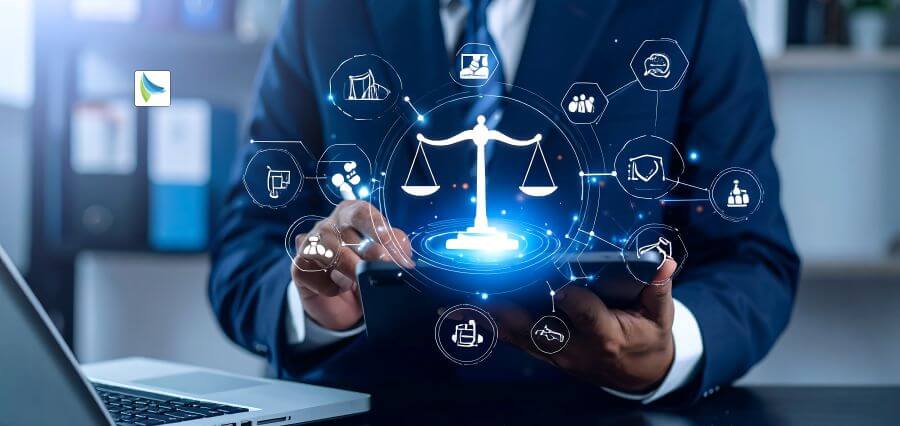The energy world is at the crossroads. As nations compete to reach net-zero, the business is being compelled to shed its legacy, centralized approach and adopt smart, decentralized, and decarbonized models instead. At the forefront of this shift is a force of untold strength: technology. Artificial intelligence and IoT to blockchain and edge computing, digital technology is no longer an add-on to energy policy—it is policy.
Technology is not just revolutionizing how we use and produce energy; it’s remaking the very infrastructure, smarts, and interactive modes that comprise the new grid. The dawn of the digital energy age is a revolution—from reactive to predictive, adaptive, and self-optimizing systems.
This is the era of the digital powerhouse—where wisdom begets impact, and knowledge is as valuable as fuel.
Smart Grids: The Nervous System of New Energy
At the core of this revolution is the advent of smart grids—electricity infrastructure with digital technologies that use real-time data to match supply and demand, detect faults, and integrate distributed energy resources like solar, wind, and storage. Smart grids differ from traditional grids in that they are dynamic, interactive, and fault-tolerant.
They enable two-way energy transfers, converting consumers into prosumers who use and generate electricity. Smart sensors, AI analytics, and AMI enable utilities to predict usage patterns, peak load reduction, and anomaly detection prior to causing outages.
Smart grids also allow for easy integration of renewable energy, which is just as variable as timing. With predictive control and automation, they offer stability, reliability, and responsiveness—crucial qualities in an increasingly dependent world on clean power.
AI and Analytics: The Digital Brainpower
The energy sector is generating more data than ever—through sensors, meters, equipment, and weather forecasts. Data isn’t, or shouldn’t be, transformational—insight is. Machine learning and artificial intelligence are making the capability of this vast stream of information a reality by discovering patterns, optimizing performance, and automating choices.
In generation and transmission, AI enables energy demand forecasting, maintenance planning, and system inefficiency detection. In renewables, it can better predict wind and solar power. In retail, it supports customized pricing, usage monitoring, and customer engagement.
To that end, AI-enabled systems are revolutionizing the operation of grids—detect faults in milliseconds, reroute energy flows automatically, and model grid response to different situations. Such capability converts energy systems from reactive to predictive, self-healing systems.
IoT and Edge Computing: Real-Time, Real-World Impact
While cloud computing has emphasized data concentration processing, edge computing and IoT are decentralizing intelligence—locating data analysis close to the location where energy is literally being produced and consumed.
IoT appliances such as smart thermostats, EV charging points, and home batteries produce granular usage and performance data. Edge computing channels such data through computations on-site so that real-time decision without delay is possible. This is particularly helpful in far-flung locations, microgrids, or mission-critical facilities where timely response is the case.
Together, edge computing and IoT allow hyper-local energy optimization. Consider a smart building maximizing in real-time HVAC systems based on weather and occupancy and working with the grid to sell surplus during peaks.
Real-time response, as well as efficiency, also gives energy democratization—people, communities, and cities having access to own the energy future.
Blockchain: Building Trust and Transparency
Energy markets are being revolutionized as they shift from the centralized utilities to networked systems of consumers, producers, and intermediaries. Blockchain technology’s distributed paradigm introduces the trust, transparency, and traceability that will enable new business models.
Blockchain can be used for peer-to-peer energy trading, carbon credit verification, and open billing systems. Blockchain enables consumers to sell surplus solar power to the neighbors in a straightforward manner, securely store renewable energy certificates, and make payments automatically through smart contracts.
This builds a more open, participatory energy economy—where trust is built into the infrastructure and innovation is not fenced off by incumbent middlemen.
Cybersecurity: The Silent Imperative
As digitization speeds up at a faster pace, so also does the susceptibility to cyber attacks. As grids are increasingly interconnected and data-driven, cybersecurity is no longer an IT issue but part of energy resiliency.
Leaders in digital energy are plowing billions into multi-layered cybersecurity infrastructure, in-real-time threat detection, and incident response. They are also creating security by design—designing devices, applications, and networks secure by design.
Protection of critical infrastructure from disruption is not an option. With a world where energy powers all industries, from healthcare and finance to defense and mobility, digital trust is today the currency of choice for operational continuity.
The Future is Smart, Inclusive, and Connected
They’re not viewing it as a technology thing, but as a means by which we’re starting to rethink how we design, operate, and interact with energy. The participants in this new game will be the people who see that digital technologies are a means to an end: sustainability, equity, access, and resilience.
Governments, utilities, entrepreneurs, and citizens will all have to get in the game. But it will be digitally savvy leaders who will take the lead—leaders who can bridge the engineering-ethics gap, the data-decision gap, and the innovation-inclusion gap.
Conclusion: Powering Tomorrow
Technology is converting energy systems into flexible utilities into smart ecosystems—responsive, efficient, and human-needs- and globally-constrained-adaptive. From blockchain to AI, IoT to edge computing, digital technologies are not only optimizing systems—they’re rewiring what energy leadership entails.
At the beginning of the era of the digital force, success will no longer be a function of capacity but of agility, intelligence, and impact. And as we continue to electrify the world, one thing is clear: purposeful digitization will energize the future.
Read More: Power with Purpose: The New Age of Clean Energy Leadership












